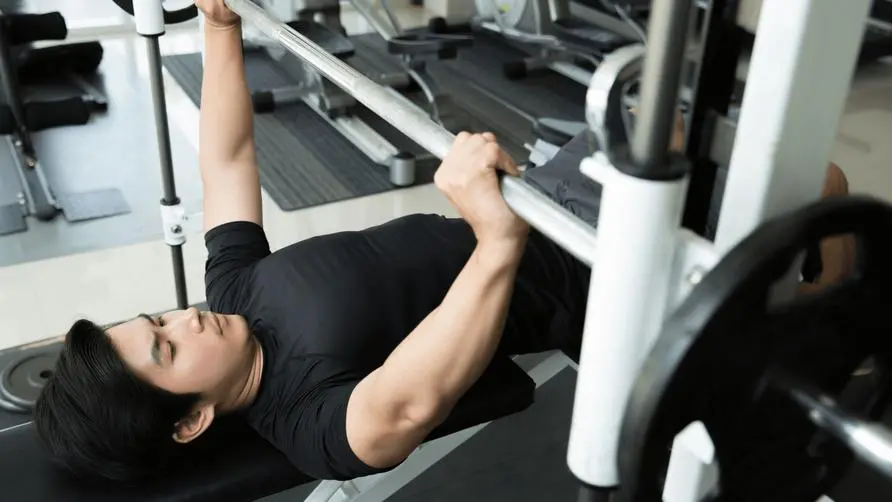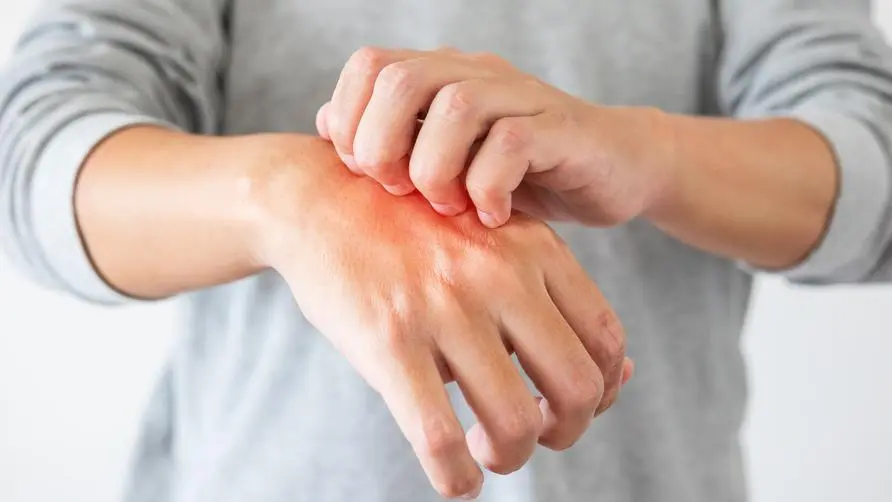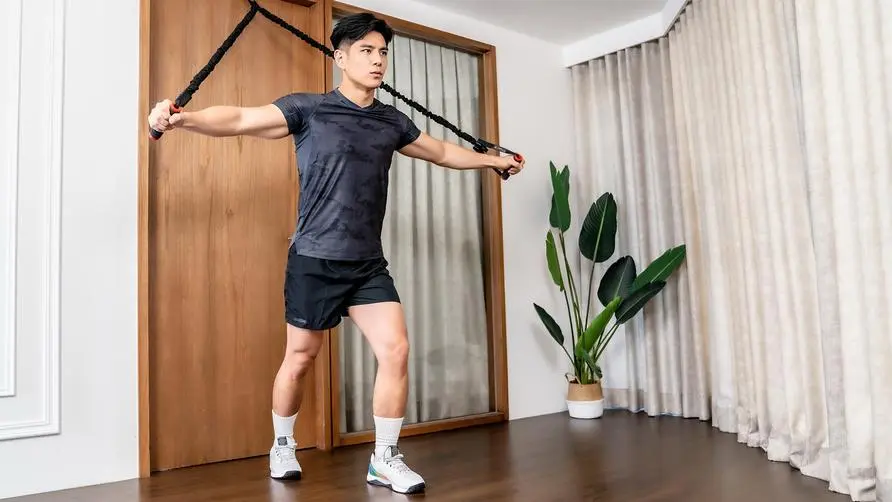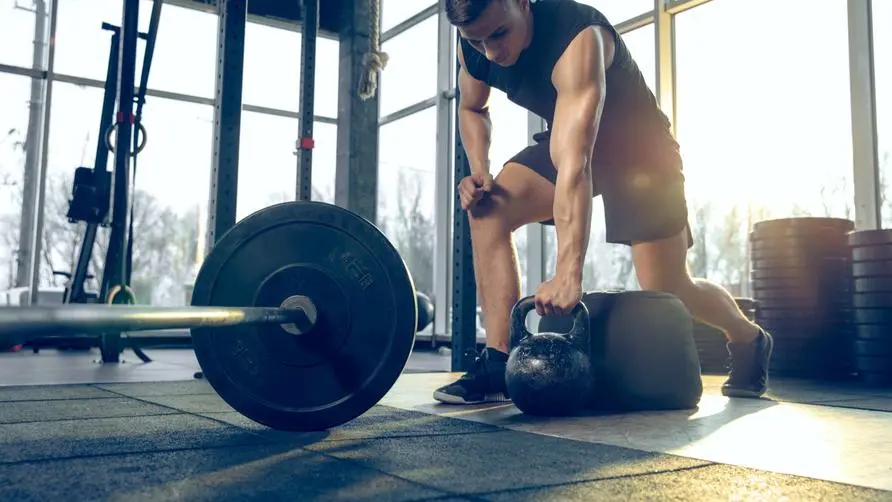Practicing the push-up and chest muscles every day is still "ordinary"! If you use the wrong exercise method, no matter how many bench presses you do, it won't work?

Go to the gym like crazy and your chest muscles are still “unmoved”? Only by exerting force correctly can you achieve “muscle hypertrophy”
In recent years, fitness has become a popular trend. Regardless of gender or age, almost people of all ages engage in aerobic exercise and weight training. Therefore, many bodybuilding celebrities have appeared on the Internet to teach courses related to physical exercise. Among them, “chest muscle” training seems to be the most “people-friendly”. Many people think that after watching videos shot by fitness influencers, they can achieve great results by following the exercises. After training for 1 or 2 months, they find that the chest muscles are still “unmoved” , what is the reason?
Coach Hu Xiaoxin, the manager of the Good Habits Exercise Classroom, said in an exclusive interview with “healthorn” that whether you go to the gym to do bench presses or do freehand training at home, if you want to make your chest muscles hypertrophy, the first thing you need to do is to make your chest muscles “feel” during training. . Coach Hu Xiaoxin gave an example. People do push-ups at home. In most cases, “the chest muscles don’t feel, but the arms feel sore first.” If only the triceps and forearms are trained, the effect of chest muscle hypertrophy cannot be achieved.
Coach Hu Xiaoxin further explained that in bench press training, it is actually difficult to exceed “50 times” when the force is exerted correctly. If it can easily exceed 50 times, it means that the chest muscles are not exerting force correctly, or the training volume is too low and the weight is not enough. , the muscles don’t get enough blood. Coach Hu Xiaoxin said that after training, beginners are more likely to have muscle soreness, but after adapting to the intensity of training, they will only feel fatigue and less soreness. At this time, they should increase the weight and enter the next stage of exercise.
If you practice blindly, beware that your chest muscles will “sag the more you practice”! The coach teaches “3 points” to make training more effective with half the effort
In terms of training, coach Hu Xiaoxin reminded that when doing weight training, the load must really fall on the chest muscles. To ensure that the location of the force is accurate, you may want to develop the habit of “self-touching” before training. Use your fingers to stimulate the chest muscles first, activate the nerves around the chest muscles, and let the brain know the existence of the muscles, so that you can use the correct muscle groups to generate force.
Coach Hu Xiaoxin explained that the pectoral muscles are divided into two directions: the first is the muscle that connects the clavicle to the arm, and the second is the muscle that connects the sternum to the arm. When performing bench press and fly training in the gym, be sure to perform exercises in “three directions”: clamping inward, clamping downwards, and clamping upwards to fully stimulate the chest muscles and ensure that the muscles contract and contract to a certain extent. elongated. The coach also said that if you only perform in one direction, long-term training will cause the position of the chest muscles to be too high or too low, and the shape will be unsightly.
In addition, if you are worried about the impact of the epidemic and have doubts about going to fitness facilities, you can also train at home with simple fitness equipment. Coach Hu Xiaoxin said that you can use heavy objects (dumbbells, bottled water), or tie elastic bands to heavy objects to perform single-joint chest clamping movements. This can ensure that the chest muscles are exerted correctly and avoid small joints. The dilemma of muscle groups getting tired first, but the chest muscles failing to exert any force.
Finally, coach Hu Xiaoxin reminded the public to pay attention to the following three tips when training chest muscles, which can make the training more effective and achieve more significant results:
Try to slightly damage the chest muscles. It also means that the weight you do must be heavy enough and “failure” must be reached when the training is completed, so that the results of the exercise will appear.
After training, the muscles in the training area must achieve a “congestion” effect. If you train through push-ups, be aware that the area of congestion is the chest, not the triceps or forearms, otherwise it will not help hypertrophy of the chest muscles.
After training, protein supplementation is very important. The current popularity of sugar-reducing diets and ketogenic diets may cause people to consume too few carbohydrates. When muscles are growing, the energy source is carbohydrates, so while taking in a lot of protein, you must also take in a sufficient amount of carbohydrates.
As for the ratio of carbohydrate to protein intake after exercise, it varies according to the intensity of training and personal physique. You can consult a nutritionist or doctor before exercising to obtain the maximum training benefit.





